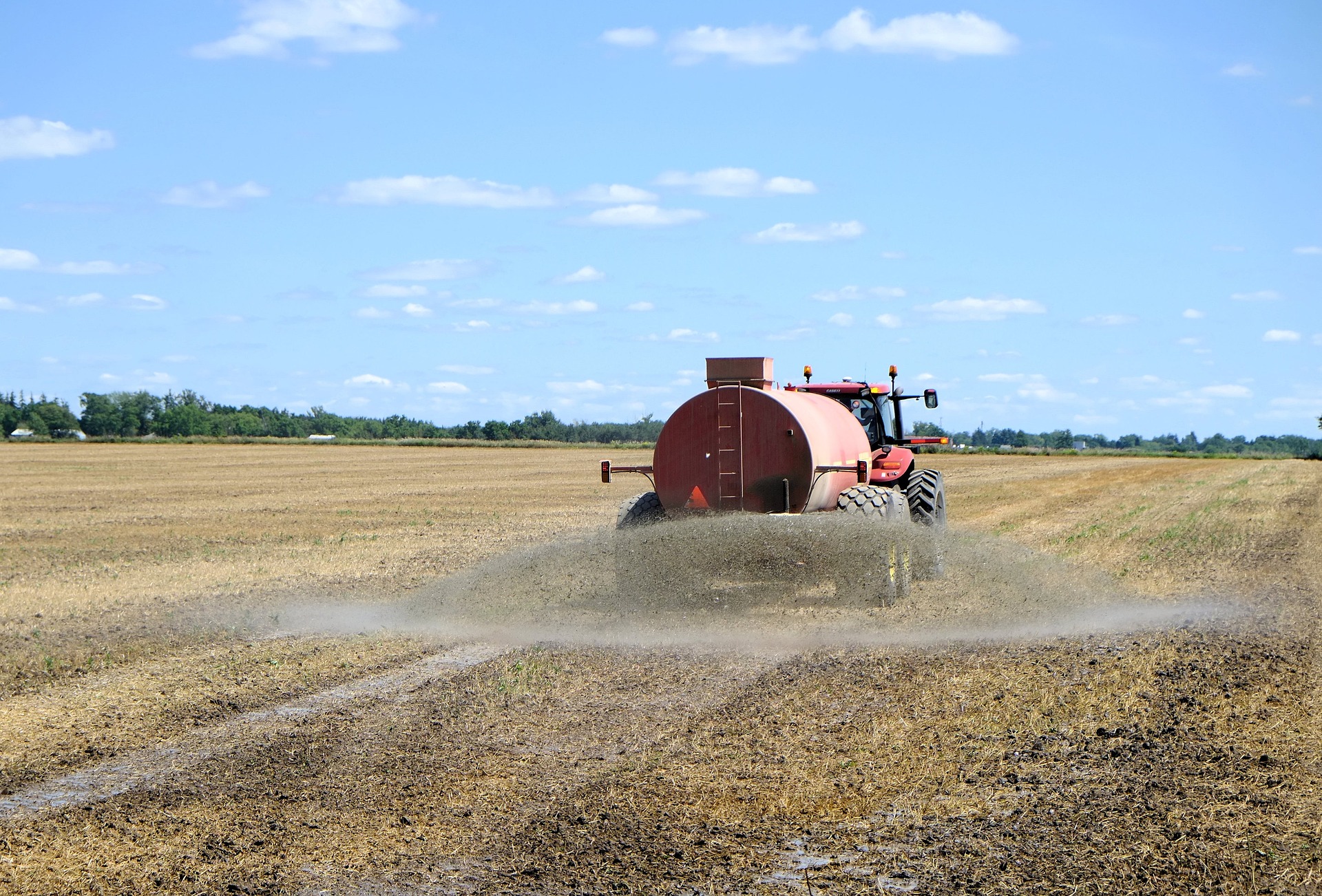Keeping An Eye On The Proposed KeyState to Zero Facility in Clinton County

KeyState to Zero is a proposed industrial facility that would take fracked gas and turn it into hydrogen and other chemicals such as diesel exhaust fluid and ammonia, which would in turn be used to make fertilizers or be sold as fuel. The project, the idea of Pennsylvania-based businessman and KeyState CEO, Benjamin “Perry” Babb, has garnered attention as the first facility in Pennsylvania that would theoretically combine fracked gas drilling with onsite carbon capture and sequestration (CCS). The 2021 federal Infrastructure Investment and Jobs Act included $8 billion to develop technologies and projects based on hydrogen—including the establishment of 6 to 10 regional hydrogen hubs. Babb is suggesting that KeyState to Zero could help attract federal dollars to Pennsylvania to establish one such hub.
The proposed site is undeveloped forest in Clinton County. Methane gas fracked on site would be converted to carbon monoxide and hydrogen. The hydrogen would then be combined with nitrogen to manufacture ammonia and urea to be used as fertilizers. Carbon dioxide (CO2) produced from the process would theoretically be sequestered (buried) underground on site. Babb has promised the facility will help lower carbon emissions and spur job growth.
The idea of “clean” hydrogen has become popular in recent years among policymakers and the fossil fuel industry. However, hydrogen can be produced in multiple ways with different feedstocks, each with different climate impacts. The “cleanest” form is “green” hydrogen, which uses renewable energy to split water (H2O) molecules into hydrogen and oxygen. Green hydrogen is currently only 1% of the global hydrogen supply. Gray hydrogen, which accounts for 95% of the global hydrogen supply, is created by using steam created by fossil fuels to break apart methane, another fossil fuel.
“Blue” hydrogen, the proposed product of KeyState to Zero, is made from methane gas, only with the added step of storing some excess CO2 underground. Storing carbon underground has yet to be proven long-term, making “blue” hydrogen purely theoretical.
Hydrogen is also the lightest element and extremely leaky. Research indicates that fugitive hydrogen emissions can be 11 times more potent than CO2 at heating the atmosphere over a 100-year period. To date, Perry Babb has offered no projections on emissions for the project. There are only two commercial-scale blue hydrogen facilities in operation in North America. One facility in Texas reported 2.4 million metric tons of emissions in 2020, mostly CO2.
The proposed site in Clinton County is part of the PA Wilds, an initiative of the Pennsylvania Department of Conservation and Natural Resources (DCNR) to preserve areas of tourism and recreation. According to proposals, products would be transported by rail and truck. However, as there are few developed roads and limited rail, developers will have to expand roads and rail to allow for construction and access to the site. DCNR has asserted the need for extensive evaluation of potential sequestration sites, to account for potential leaks or groundwater contamination. To date, there have been zero test wells drilled in Pennsylvania to determine the viability of underground carbon storage.
There are far too many unknowns with the KeyState to Zero project. The combination of blue hydrogen and fertilizer manufacturing has not been shown to be commercially viable or effective at reducing environmental harm.
The Council is following news about the project and its developments in collaboration with partner organizations. The Council is also developing a factsheet to share with the public and public officials on the need to closely scrutinize this facility and separate the truths about it from the fictions.
For more information about this proposed facility, contact Susan Sunhee Volz, Advocacy Coordinator, at svolz@cleanair.org

